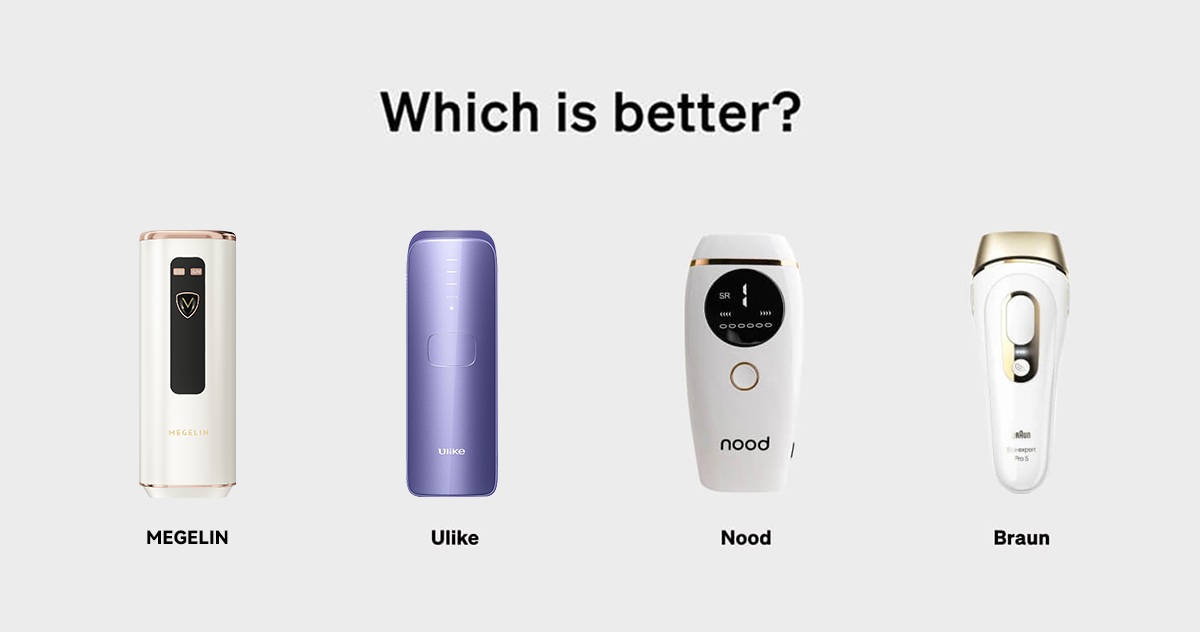
Red Light Therapy for Dogs: How It Works and Benefits
2MegelinExploring innovative and less invasive treatments for our pets' ailments is essential, especially when traditional medicine falls short. Red light therapy for dogs has gained attention for its healing abilities, joint pain relief, and overall wellness improvements without relying on drugs.
What is Red Light Therapy?
Red light therapy, also known as photobiomodulation (PBM) or low-level laser therapy (LLLT), uses specific wavelengths of red and near-infrared light to enhance health and wellness in animals. This non-invasive treatment improves cellular function by boosting ATP (adenosine triphosphate) production in cells, aiding in faster healing and reducing inflammation.Red light therapy works by stimulating the mitochondria in cells. When these cells absorb red light and near-infrared light, they produce more ATP. Increased ATP accelerates healing, reduces inflammation, and improves cellular function. This process can significantly benefit dogs suffering from chronic pain, injuries, or other health issues.
Benefits of Red Light Therapy for Dogs
Pain Management: One of the most significant benefits of red light therapy for dogs is pain relief. This therapy is particularly effective for managing arthritis and muscle soreness. By stimulating ATP production and blocking pain signals to nerve fibers, this treatment reduces joint pain and stiffness, allowing dogs to move more freely and comfortably.
Faster Recovery: This therapy accelerates the healing process for wounds and injuries. It promotes skin health and stimulates collagen production, which is crucial for rapid and effective healing. This treatment is particularly beneficial for post-surgery recovery or for dogs prone to accidents. Enhanced blood circulation and tissue repair facilitated by this method speed up recovery times, helping your dog get back on its feet faster.
Overall Well-being: Beyond treating specific conditions, this therapy contributes to a dog's general health and well-being. It positively affects inflammatory and immune responses, which are essential for maintaining good health and preventing illnesses. Regular use can improve skin tone and texture, boost collagen production, and enhance a dog's overall vitality. By supporting the body's natural healing processes and providing a drug-free pain relief alternative, this method stands out as a holistic approach to pet health care.
Safety and Usage
Is this therapy safe for dogs? Yes, when used correctly, it is safe and well-tolerated by dogs. It is essential to use a device specifically designed for pets to avoid potential side effects like slight skin irritation.To maximize safety, follow these guidelines:
Device Selection: Use a device specifically designed for pets. These devices are calibrated to provide the appropriate wavelength and intensity for therapeutic benefits without causing harm.
Proper Usage: Follow the manufacturer’s guidelines. Start with shorter sessions and gradually increase the duration based on your dog's response.
Veterinary Consultation: Always consult with your veterinarian before starting treatment, especially if your dog has underlying health conditions or is taking medication.
How to Use This Therapy for Dogs at Home
Using this therapy at home is straightforward and convenient. Here are some steps to ensure optimal results:
Setting Up: Ensure the treatment area is clean and free of dirt and moisture. Clean the device with a dry cloth before and after each use to maintain hygiene and prevent any risk of infection.
Application: Use the device on the targeted area for 5-10 minutes initially, increasing based on your dog's tolerance and the severity of the condition.
Consistency: Maintain a regular treatment schedule, typically 3-4 times per week, to maximize the benefits. Consistency and proper application are key to achieving the best results.
Choosing the Best Device for Dogs
Selecting the right device for your dog is crucial for effective treatment. Consider the following features when choosing a device:
- Wavelength and Intensity: Look for devices emitting 630-850 nm wavelengths, as this range is optimal for penetrating tissue and promoting healing.
- Safety Features: Ensure the device has built-in timers to control treatment duration and prevent overexposure, safeguarding your pet from potential side effects.
- Ease of Use: Opt for user-friendly, portable, and lightweight devices that are easy to operate and convenient for home use.
Reading reviews can help you make an informed decision. The best devices are often those recommended by veterinarians and have positive user feedback.
Monitoring Progress
Regularly observe improvements in your dog’s mobility and overall condition. Keep track of your dog's ability to perform normal activities and look for signs of improvement such as increased mobility or hair regrowth at the treatment sites. Note any signs of lameness, limping, or changes in gait after physical activities, as these could indicate discomfort or a lack of improvement.Regular veterinary check-ups are vital to ensure that the treatment plan remains appropriate and effective for your dog's condition. These check-ups allow for adjustments to the treatment based on your dog's progress or any potential side effects observed.
Conclusion
This therapy offers a safe, effective way to improve your dog’s health, manage pain, and speed up recovery from injuries. Integrating this therapy into your dog’s routine can enhance their quality of life, providing a holistic approach to pet care. With the right device and consistent use, you can help your dog live a healthier, more comfortable life.








